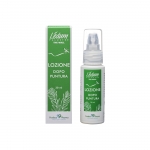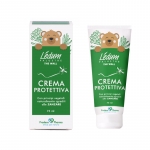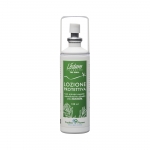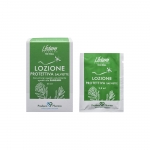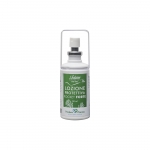Ours is a holistic approach that does not hinder the physiological processes of the body. It's an approach that encourages the restoration of balance, by combatting the causes of symptoms as efficiently as possible and ensuring fast relief.
Symptoms and relief
SELECT YOUR NEED
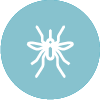
Mosquitoes
In Italy, for several years now, the TIGER MOSQUITO (Aedes albopictus) has grown in population together with the common mosquito (Culex pipiens).
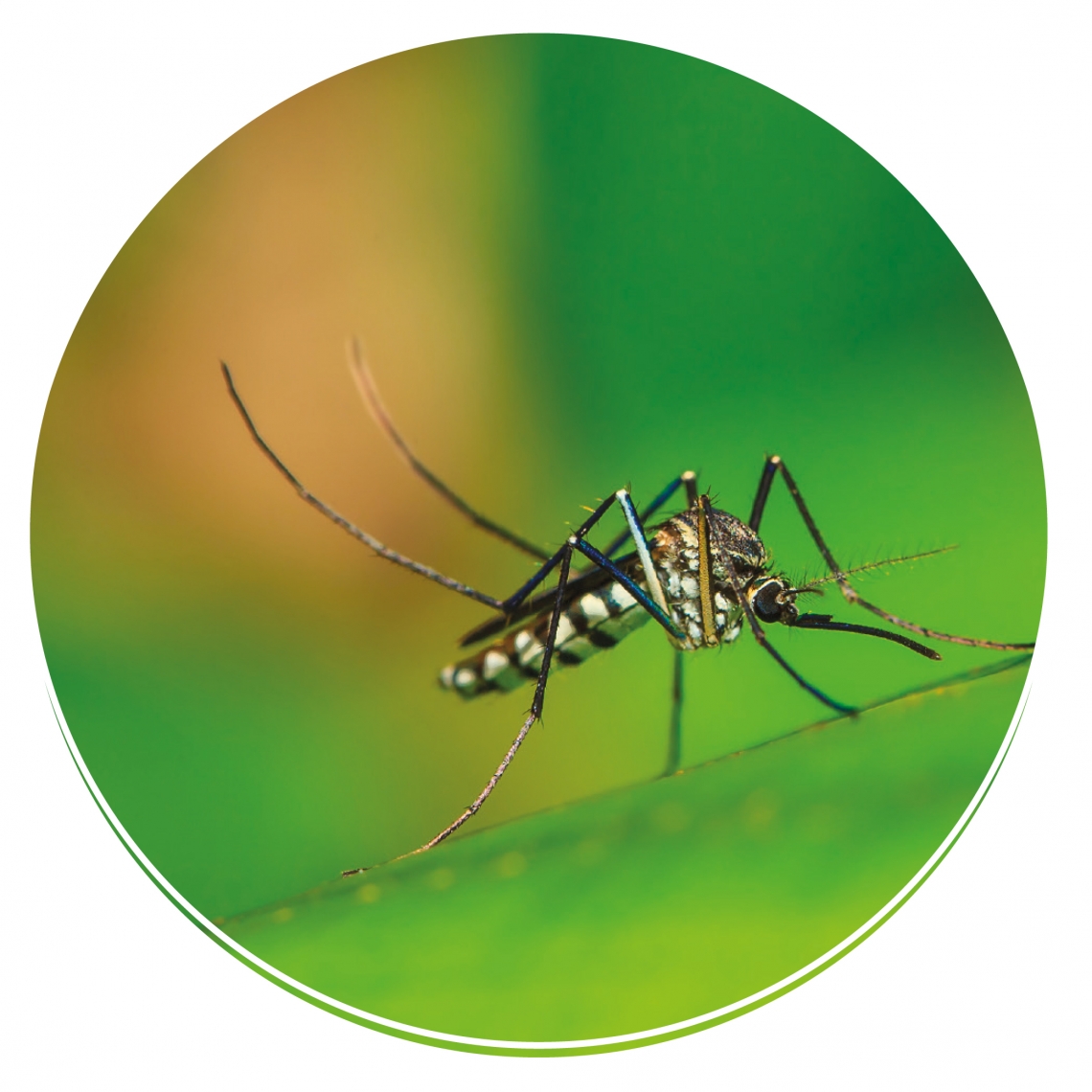
Aedes albopictus
It has a black body with white stripes. Extremely adaptable, versatile and aggressive, it is active even in broad daylight. It preferentially attacks humans, causing annoying bites and irritation.
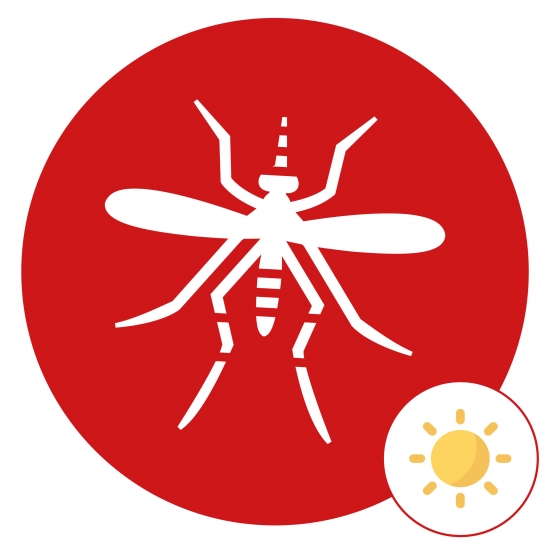
Culex pipiens
Inconspicuous, mainly active during the evening/night. It is attracted to particular odors, light and CO2. It feeds on the blood of humans and other mammals.
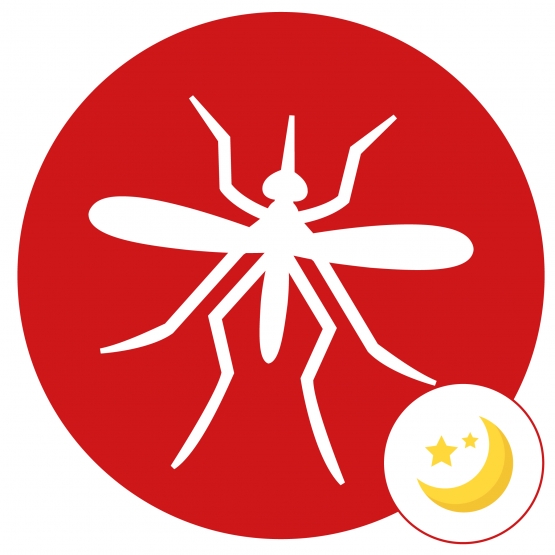
THE RAPID DIFFUSION OF TIGER MOSQUITOS IN ITALY HAS LED TO AN INCREASED RISK OF BEING BITTEN AND INFECTED WITH VIRUSES such as the Dengue virus, West Nile virus or Zika virus, capable of causing severe disease in animals and people.
Everyone is familiar with mosquitoes, disturbing us with their noise and painful stings. The name encompasses more than 3,000 species of dipterans (an order which also includes flies and horseflies), characterized by the presence of only one pair of wings, while the other pair has been transformed into stubby, barbell-shaped structures (halteres) which have a sensory function.
Mosquitoes belong to the culicidae family, and their lives are closely intertwined with those of humans, as most of the females in this family feed on the blood of humans or domestic animals. When the female bites a human or other animal, she injects some of her saliva into them, so if the mosquito is carrying parasites, these can infect the unfortunate host. As a result, mosquitoes are highly studied insects because they transmit a wide variety of diseases.
Mosquito eggs need water to develop. Females lay eggs in rivers, stagnant water found in containers, e.g., saucers, holes in tree trunks, etc. Some species, such as Aedes, lay their eggs on muddy or moist soil; the eggs of these species can survive for years even in dry conditions and hatch when environmental conditions become favorable.
Mosquitoes of the genus Mansonia lay their eggs on the underside of the leaves of aquatic plants. The eggs are laid in star-shaped structures, and each deposit can contain up to 400 eggs. Upon hatching, the larvae spread out, feeding on fragments of organic matter; they can breathe due to the presence of a thin tube that allows them to use atmospheric oxygen. The larvae feed on organic debris, bacteria, protozoa,and algae. They later turn into pupae and remain in this state for 2-3 days. Finally, about a week after hatching, they reach the adult stage, and after 2-3 days they are ready to embark on a new life cycle. Only the female feeds on the blood of warm-blooded animals, while the male feeds on nectar and plant sap. The male has long fringed antennae with which it locates vibrations coming from the female. Mosquitoes belonging to the genus Culex and Aedes are widespread across Italy.
Mosquitoes of the genus Aedes are a fairly recent arrival in Italy. They are of Asian origin, smaller than common mosquitoes, black in color with white streaks on the legs and abdomen, also known as the tiger mosquito. This is a very aggressive insect, whose bite causes boils and swelling; for now, it is not a vector for disease in Italy. The genus Culex is ubiquitous, and many species are known as "house mosquitoes," as they thrive (as does the genus Aedes) in containers around human dwellings in which stagnant water is present.
Ledum palustre T.M.
The mother tincture obtained from the leaves of this plant is rich in flavonoids (quercetin), coumarins, sesquitriterpene alcohols, monoterpenealiphatic alcohols, responsible for its camphor-like perfume, and is a valuable essential oil. These all give it the ability to make the skin on which it is applied unattractive to mosquitoes and insects.
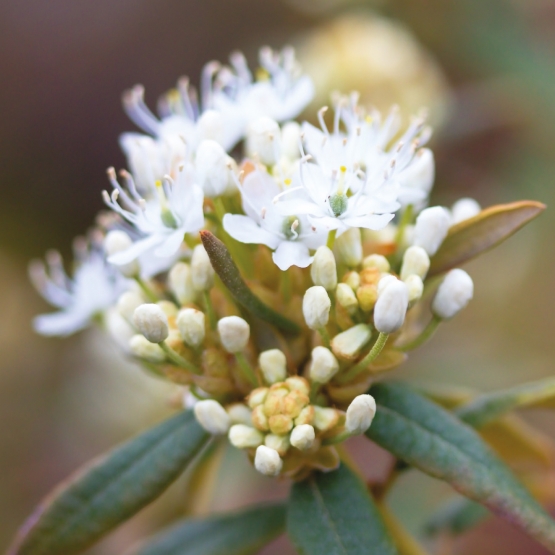
Geranium O.E. (Pelargonium graveolens)
The essential oil obtained from the leaves and stalks of Geranium is rich in terpenes such as geraniol, citronellol and others, making it particularly unpleasant for insects, but not for humans.
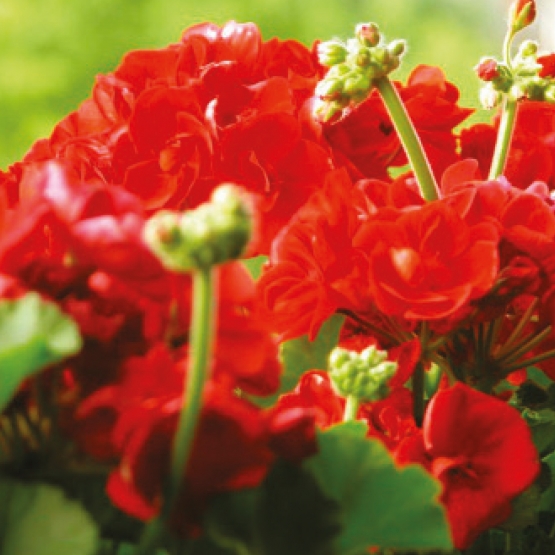
Eucalyptus (Eucalyptus globulus)
The main component of the essential oil obtained from its leaves is cineole (or "eucalyptol"), combined with pinene, limonene, terpinene and other compounds. When applied locally, it is particularly repellant to insects and mosquitoes, while being harmless and causing no sensitizing effects to humans.
Nutmeg (Myristica fragrans)
Its distinctive flavor and odor are due to the presence of an aromatic oil rich in monocyclic tertiary alcohols, which give it an insect-repellent effect.
Coconut oil (cocos nucifera)
A plant-based oil that serves as a true functional ingredient, included in topical formulations to slow the evaporation of essential oils, thus enabling them to remain on the skin for longer.
Basil Essential Oil (Ocimum basilicum)
The essential oil obtained from its leaves has repellent properties against insects and particularly mosquitoes. It has a highly variable composition, containing linalool, methylcavicol estragole, camphor, eugenol, ocimene, cineole, pinene, sesquiterpenes and phenylpropanes.
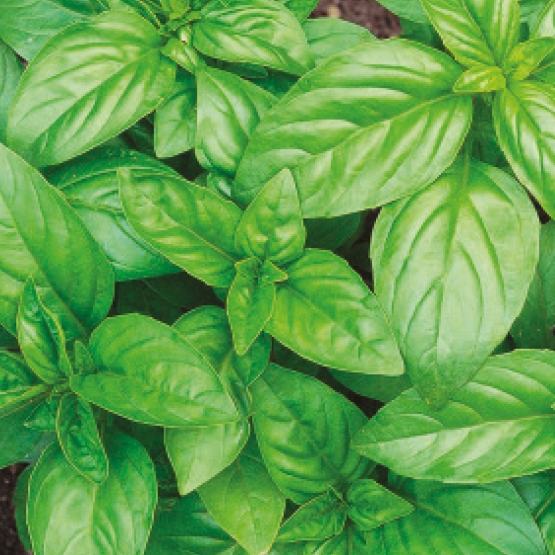
Citronella O.E. (Cymbopogon nardus)
The aromatic essential oil obtained from its leaves is widely known for its insect-repellent properties. The main constituents are geraniol and citronellol, but also citronellal, camphene, borneol and methyleugenol.
Bisabololo (extracted from matricaria chamomilla)
A natural sesquiterpene alcohol and the main component of Chamomile essential oil, with marked mollifying, calming, soothing and anti-reddening properties. When used topically, it is particularly suitable for the most sensitive and delicate skin, as it also has very high skin tolerability.
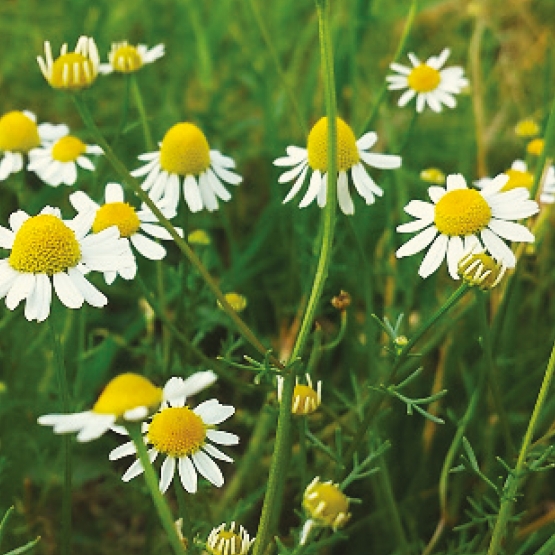
Marigold (Calendula officinalis)
An extract obtained from the dried flowers, rich in resins, fatty acids, salicylic acid, saponins, carotenoids (including calendulin), pentacyclic triterpenes, flavonoids, immunostimulating polysaccharides, phytosterols and mucilages, which have notable anti-inflammatory, nourishing and skin-protective properties.
Natural vitamin E (Tocopherol)
Vitamin E of natural origin is a highly fat-soluble compound which is able to penetrate to the deepest layers of the skin, promoting the absorption of the other active ingredients contained in the formulation. Vitamin E has the specific ability to protect the skin from attacks by free radicals generated by cell metabolism (as well as by sunlight and external agents); it is also hydrating, anti-inflammatory, soothing and re-epithelializing, thus it is suitable for a topical formulation specifically intended for treating itching and redness caused by mosquito bites.
